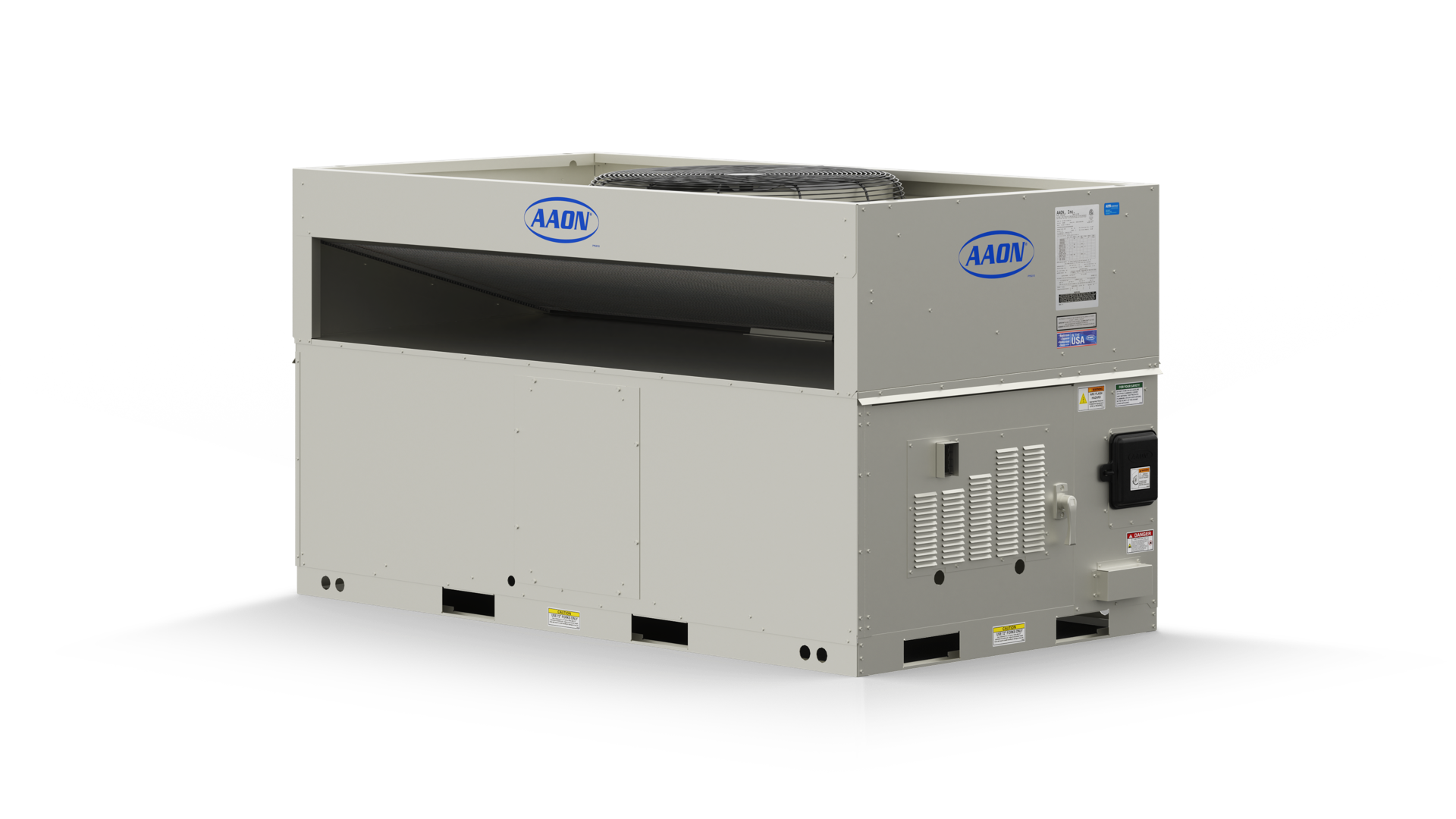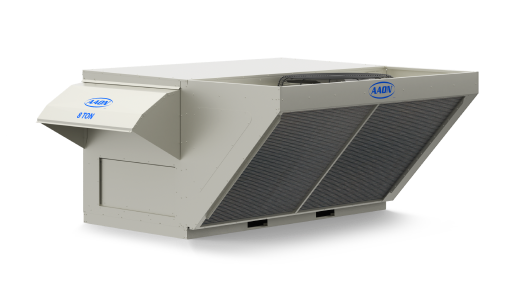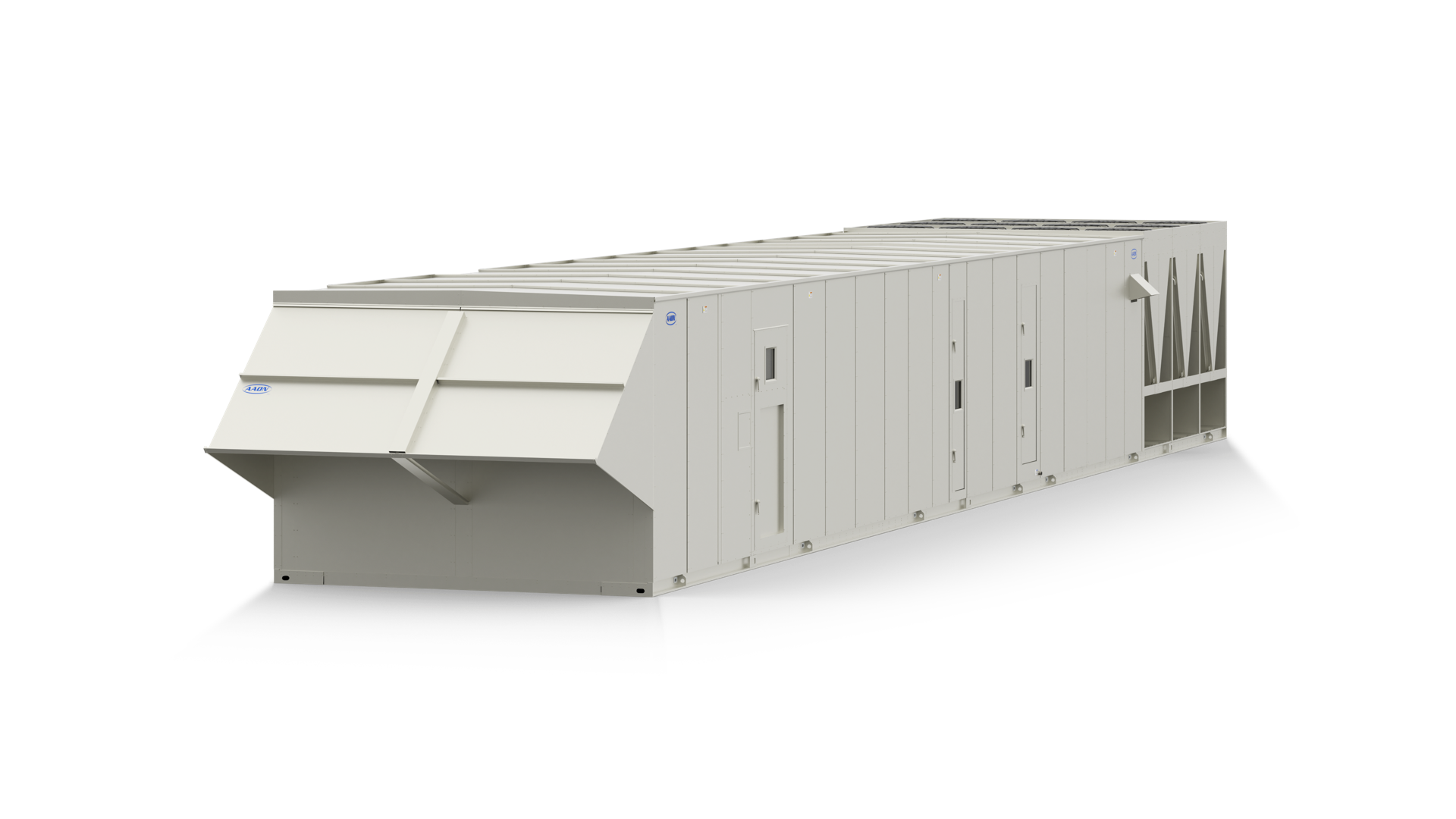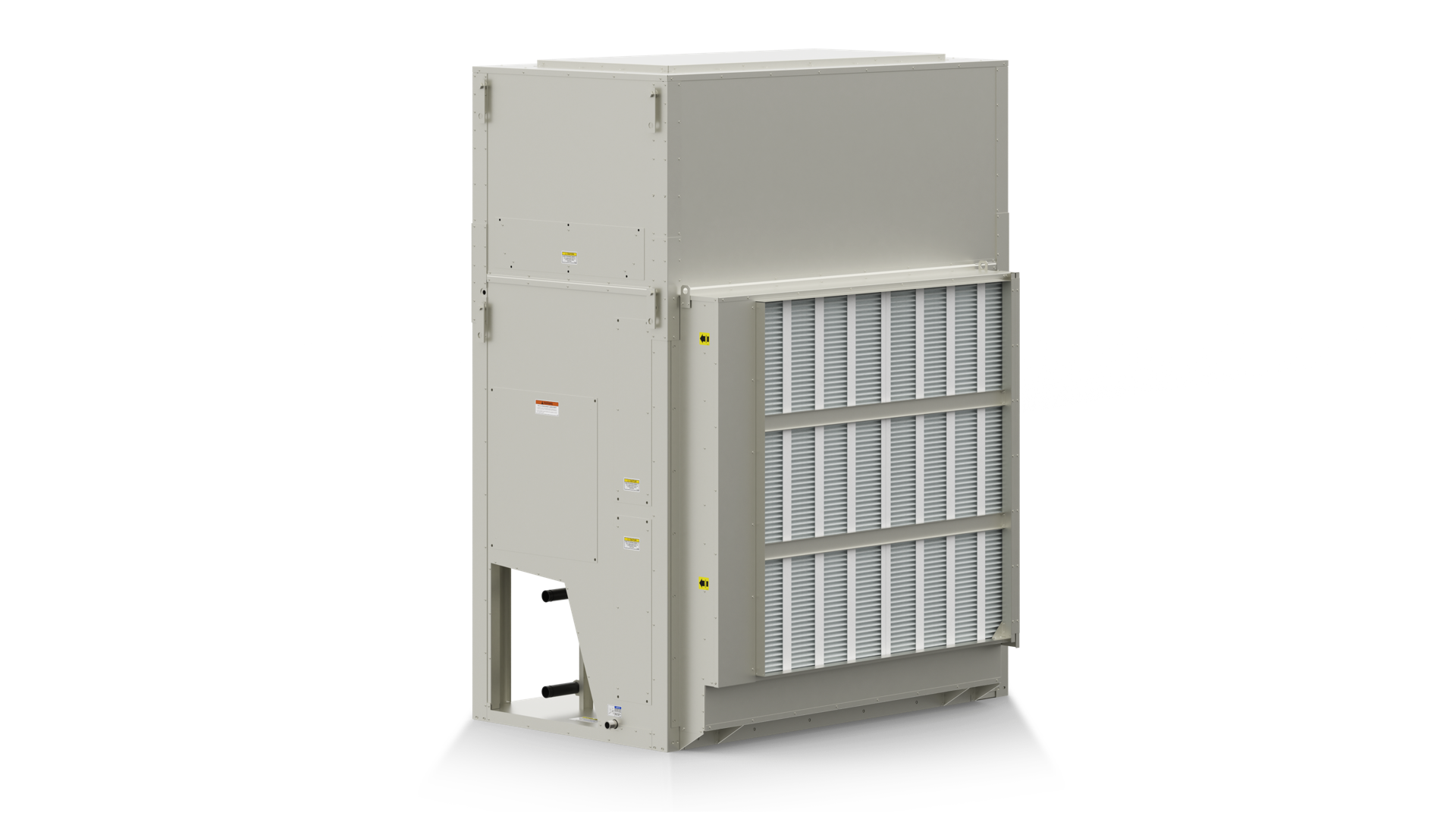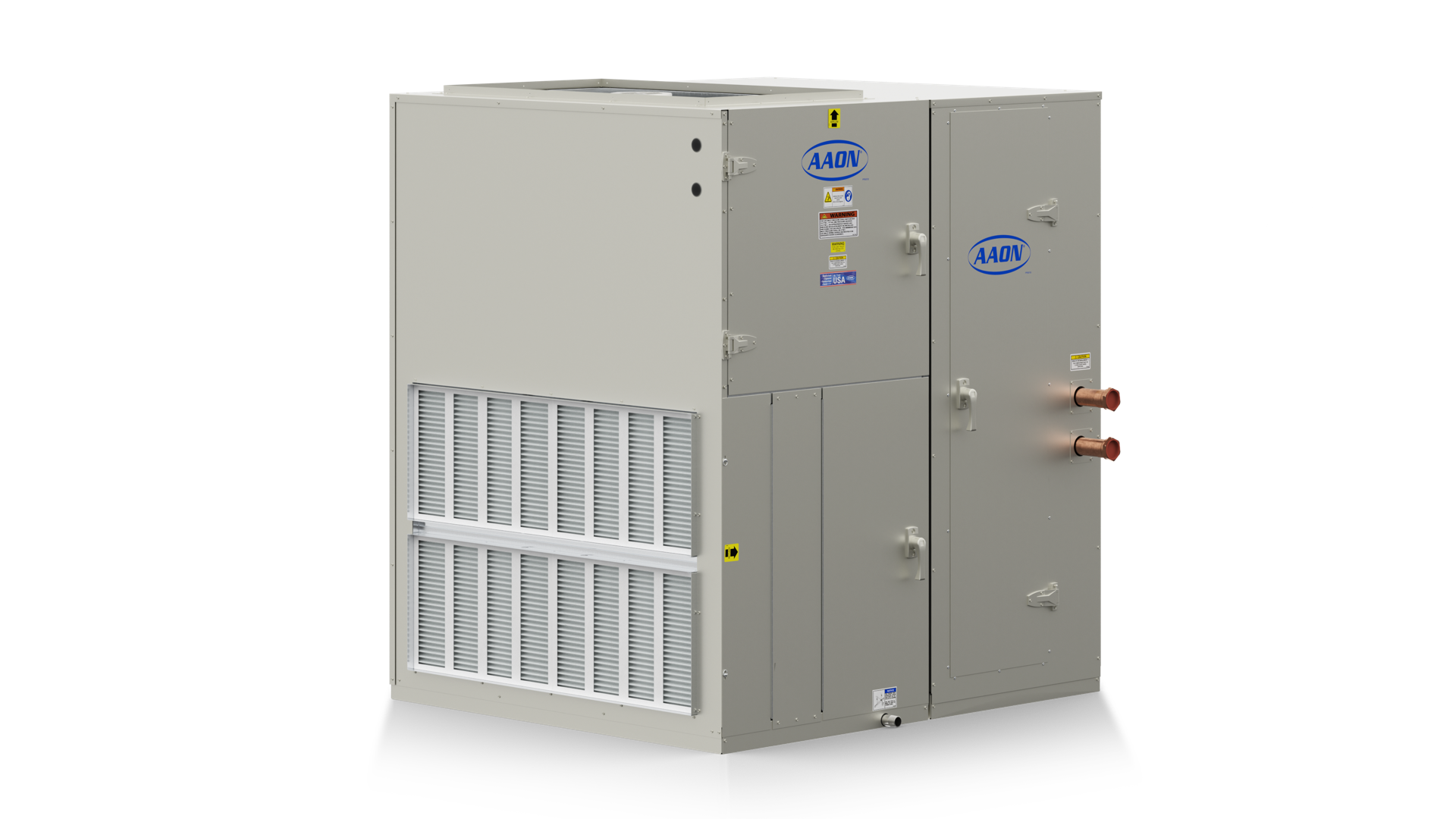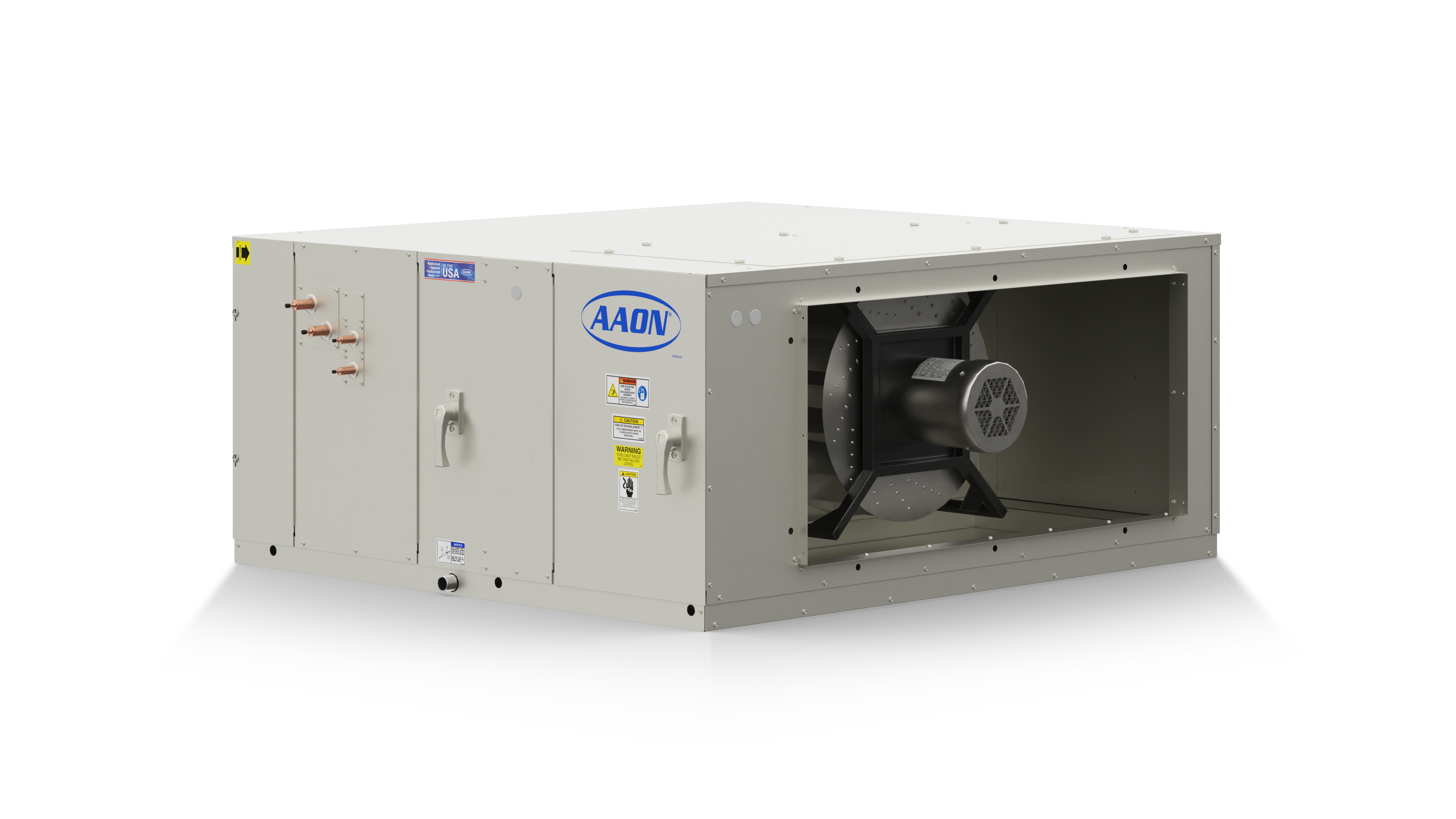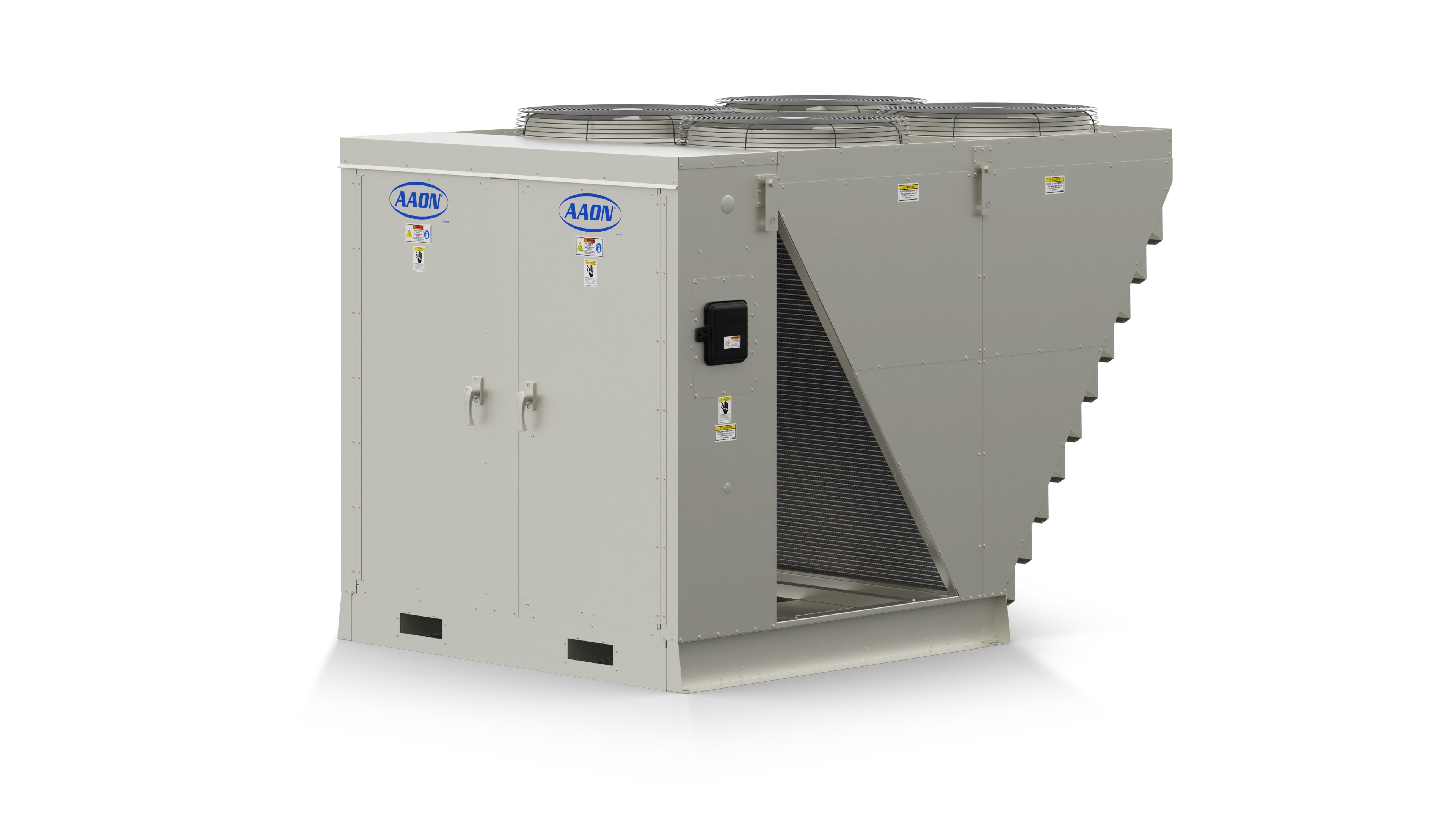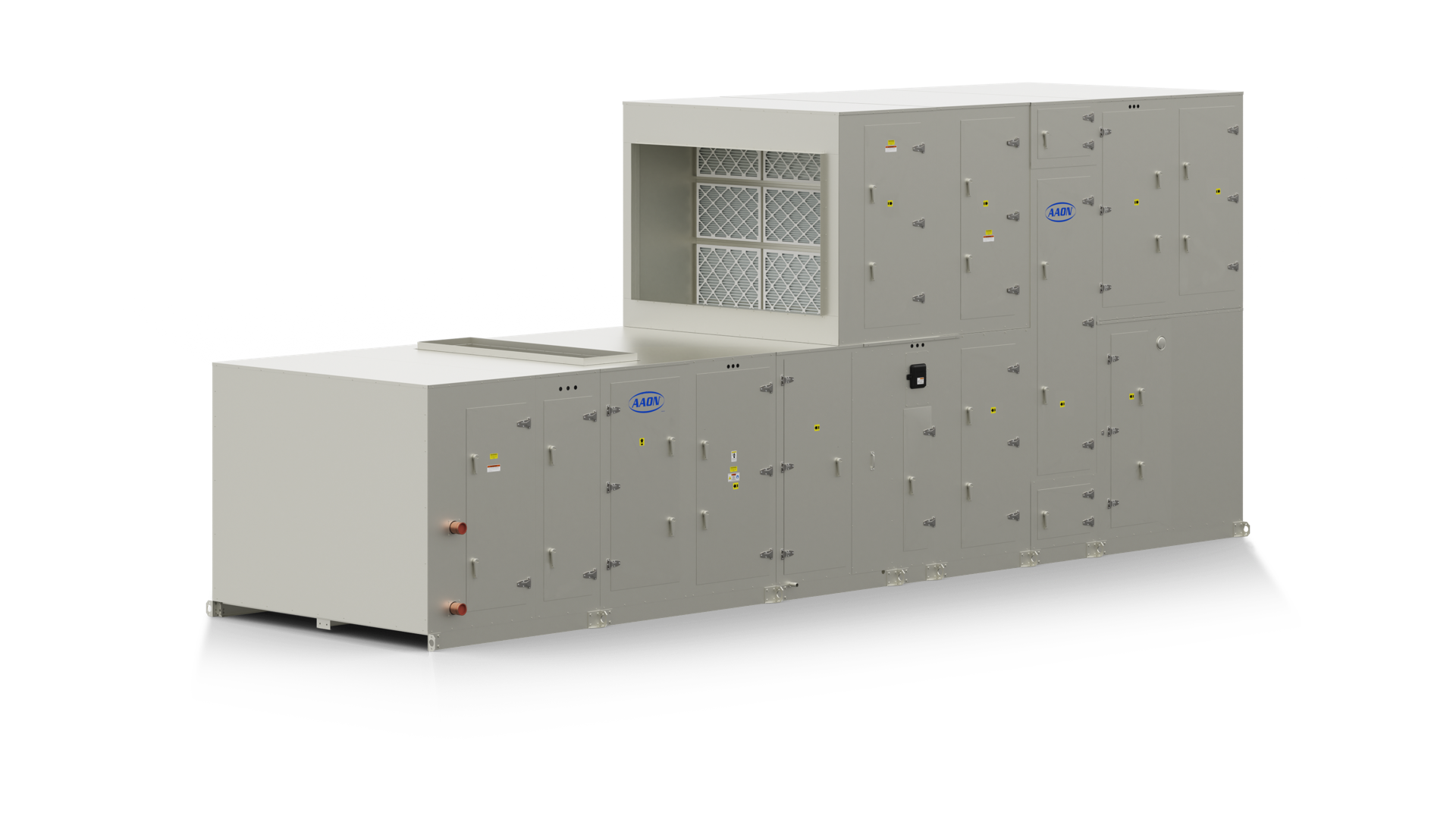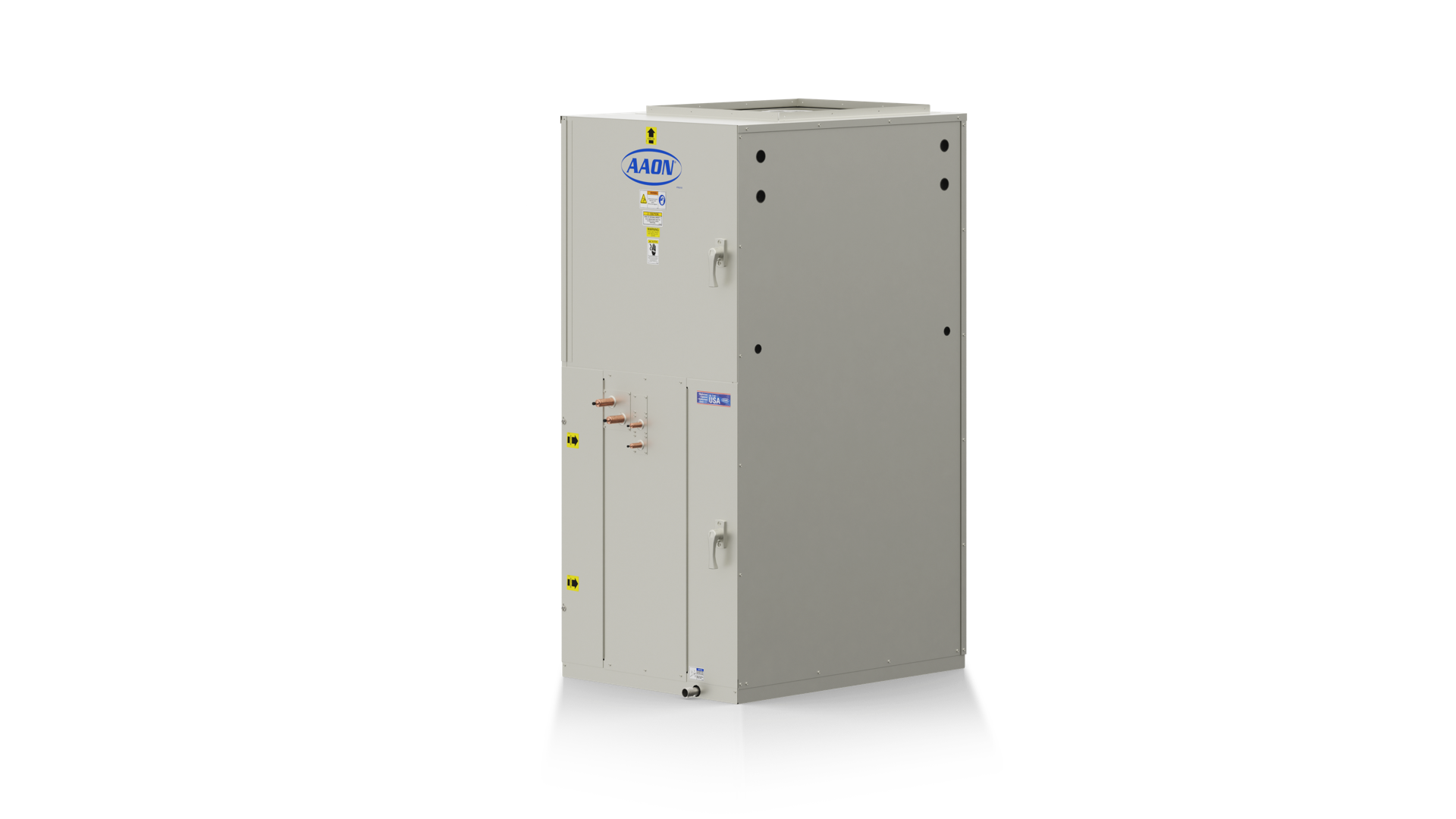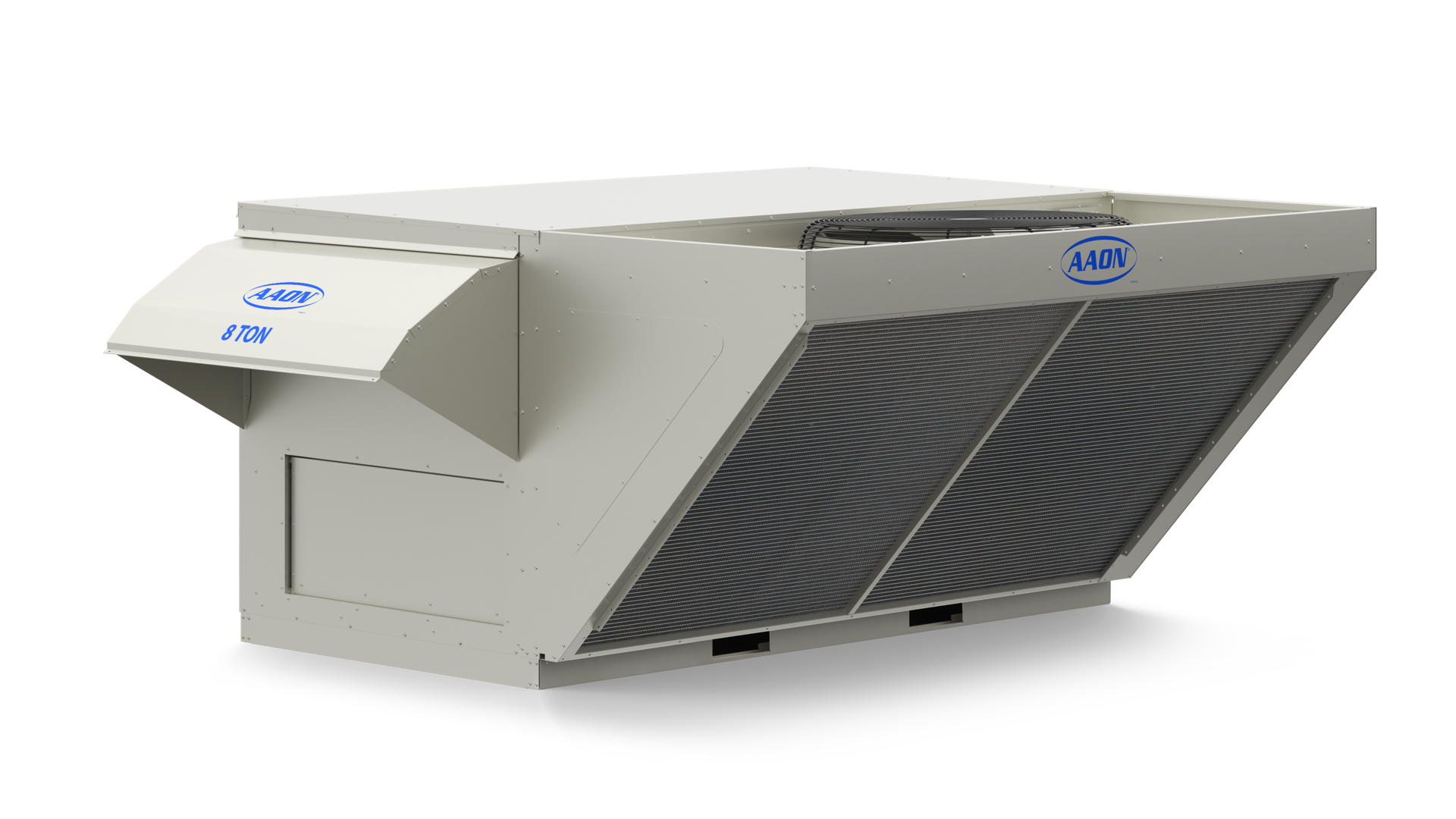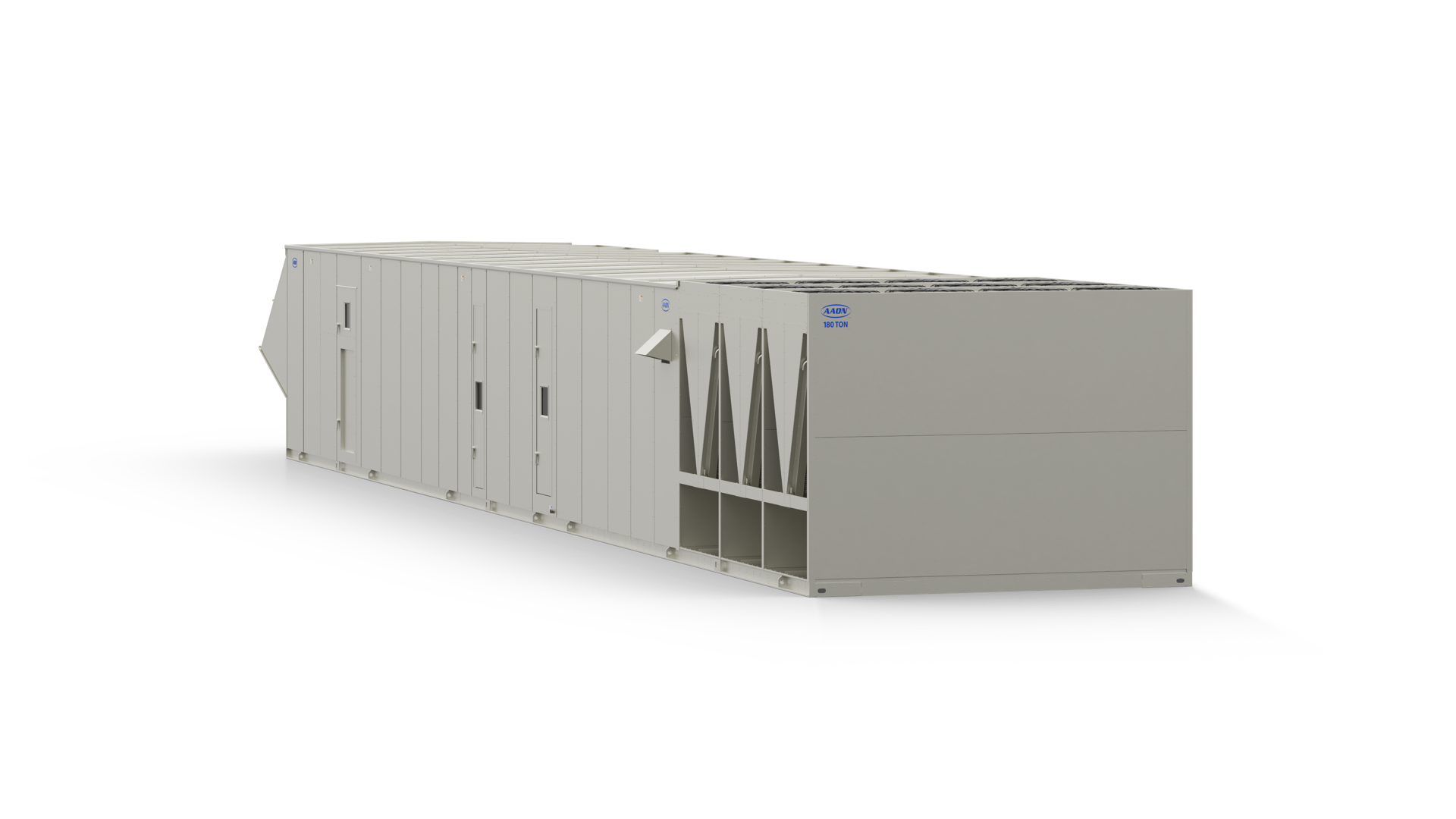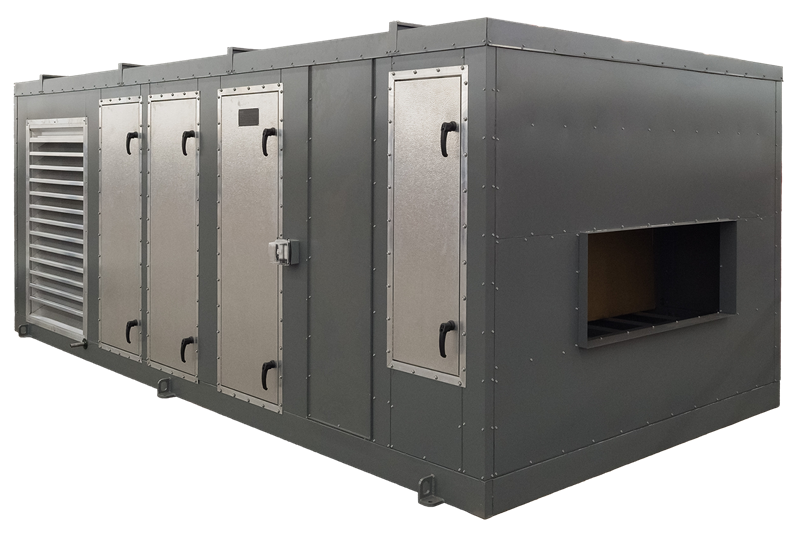Healthcare
Optimum patient care and comfort powered by premier HVAC solutions.
Healthcare buildings, such as hospitals and clinics, face a number of HVAC challenges due to the critical nature of their operations and the health and safety concerns of patients, staff, and visitors. With AAON, healthcare facilities can address these challenges with confidence.
From advanced air filtration systems and UV-C germicidal lamps to kill airborne pathogens, to humidity control, healthcare facilities can achieve full control while providing personalized patient care.

HEALTHCARE FACILITY SOLUTIONS
-
About Healthcare Facilities
Healthcare facilities refer to any building or facility that is dedicated to providing medical care or treatment, such as hospitals, clinics, medical offices, nursing homes, and rehabilitation centers. These facilities require specialized HVAC systems to maintain indoor air quality and to ensure the comfort and safety of patients, staff, and visitors.
The HVAC challenges in healthcare facilities can vary depending on the type of building. Some common challenges include maintaining proper ventilation, air circulation, and humidity control to reduce the spread of infectious diseases and provide a comfortable environment for occupants. -
Healthcare Facility Considerations
When implementing HVAC solutions in Healthcare Facilities, the following considerations should be taken into account:
Infection control
Healthcare facilities must maintain clean and safe indoor air quality to prevent the spread of infections and other airborne illnesses. This requires specialized ventilation systems, air filters, and air quality monitoring to maintain a healthy, clean environment.
Temperature and humidity control
Healthcare buildings require precise temperature and humidity control to ensure patient comfort, maintain the effectiveness of medical equipment, and preserve medications and other sensitive materials. Warmer temperatures and higher humidity levels can lead to higher chances of viruses spreading within the building.
Energy efficiency
Healthcare facilities consume a significant amount of energy due to their 24/7 operations and the high demand for HVAC systems. Energy-efficient HVAC systems and equipment can help to reduce costs while maintaining optimal indoor air quality.
Sound control
Healthcare buildings often require quiet environments to ensure patient comfort and reduce stress levels. HVAC systems and equipment must be designed and installed to minimize sound levels and vibrations.
Regulatory compliance
Healthcare facilities must comply with a variety of regulations and standards related to indoor air quality, ventilation, and environmental controls. HVAC systems and equipment must meet these standards to ensure patient safety and compliance with regulatory requirements. -
Healthcare Facility Solutions
The HVAC products recommended for healthcare facilities may vary based on the type of facility. Some HVAC products that are recommended for healthcare facilities may include:
Air handling units
These can help maintain the air quality by filtering out contaminants and providing a consistent supply of conditioned air. AMCA certified low leakage dampers ensure precise control of the amount of fresh air brought into the space.
UV-C lights
Ultraviolet germicidal irradiation can be used to kill viruses, bacteria, and other pathogens that may be present in the air or on surfaces. UV-C lights are placed in the airstream to keep the air clean. These can also be placed on the coil to disinfect the coil as well, especially as moisture is present while the air is passing through it.
Split systems
These are ideal for smaller healthcare spaces, such as patient rooms, where individual temperature control is important. Smaller air handling units are paired with a condensing unit outside the building to form a split system.
Energy recovery wheel
Units can be equipped with an energy recovery wheel, which can help save energy by recovering heat from the exhaust air of the space and using it to pre-condition incoming fresh air. This is especially beneficial in healthcare facilities where air exchange rates are high to maintain indoor air quality. An energy recovery wheel can save first cost on a unit by being able to select a lower tonnage unit.
Healthcare facilities refer to any building or facility that is dedicated to providing medical care or treatment, such as hospitals, clinics, medical offices, nursing homes, and rehabilitation centers. These facilities require specialized HVAC systems to maintain indoor air quality and to ensure the comfort and safety of patients, staff, and visitors.
The HVAC challenges in healthcare facilities can vary depending on the type of building. Some common challenges include maintaining proper ventilation, air circulation, and humidity control to reduce the spread of infectious diseases and provide a comfortable environment for occupants.
When implementing HVAC solutions in Healthcare Facilities, the following considerations should be taken into account:
Infection control
Healthcare facilities must maintain clean and safe indoor air quality to prevent the spread of infections and other airborne illnesses. This requires specialized ventilation systems, air filters, and air quality monitoring to maintain a healthy, clean environment.
Temperature and humidity control
Healthcare buildings require precise temperature and humidity control to ensure patient comfort, maintain the effectiveness of medical equipment, and preserve medications and other sensitive materials. Warmer temperatures and higher humidity levels can lead to higher chances of viruses spreading within the building.
Energy efficiency
Healthcare facilities consume a significant amount of energy due to their 24/7 operations and the high demand for HVAC systems. Energy-efficient HVAC systems and equipment can help to reduce costs while maintaining optimal indoor air quality.
Sound control
Healthcare buildings often require quiet environments to ensure patient comfort and reduce stress levels. HVAC systems and equipment must be designed and installed to minimize sound levels and vibrations.
Regulatory compliance
Healthcare facilities must comply with a variety of regulations and standards related to indoor air quality, ventilation, and environmental controls. HVAC systems and equipment must meet these standards to ensure patient safety and compliance with regulatory requirements.
The HVAC products recommended for healthcare facilities may vary based on the type of facility. Some HVAC products that are recommended for healthcare facilities may include:
Air handling units
These can help maintain the air quality by filtering out contaminants and providing a consistent supply of conditioned air. AMCA certified low leakage dampers ensure precise control of the amount of fresh air brought into the space.
UV-C lights
Ultraviolet germicidal irradiation can be used to kill viruses, bacteria, and other pathogens that may be present in the air or on surfaces. UV-C lights are placed in the airstream to keep the air clean. These can also be placed on the coil to disinfect the coil as well, especially as moisture is present while the air is passing through it.
Split systems
These are ideal for smaller healthcare spaces, such as patient rooms, where individual temperature control is important. Smaller air handling units are paired with a condensing unit outside the building to form a split system.
Energy recovery wheel
Units can be equipped with an energy recovery wheel, which can help save energy by recovering heat from the exhaust air of the space and using it to pre-condition incoming fresh air. This is especially beneficial in healthcare facilities where air exchange rates are high to maintain indoor air quality. An energy recovery wheel can save first cost on a unit by being able to select a lower tonnage unit.
Why AAON for Healthcare Facilities?
AAON stops at nothing to design the very best.
All AAON products are highly configurable and designed to optimize your exact environment. With high quality features, our systems set the industry standard for long-lasting quality.
AAON equipment is easy to access and convenient to work on.
Our products make it simple for technicians to service our units efficiently and affordably. Unique features like color-coded wiring and full height stainless steel door hinges are designed with serviceability in mind.
AAON equipment is renowned for reliability.
Our products are tested for all functions and receive a unit-specific report before they leave the factory. Choose cutting-edge engineering that pushes the boundaries of what's possible in virtually any climate and application.
Related Products
Dare us to exceed expectations.
Regardless of the challenge, AAON has the capabilities to fulfill project requirements and deliver long-term value to customers. Contact an AAON Representative to learn how our products serve as your solutions.


